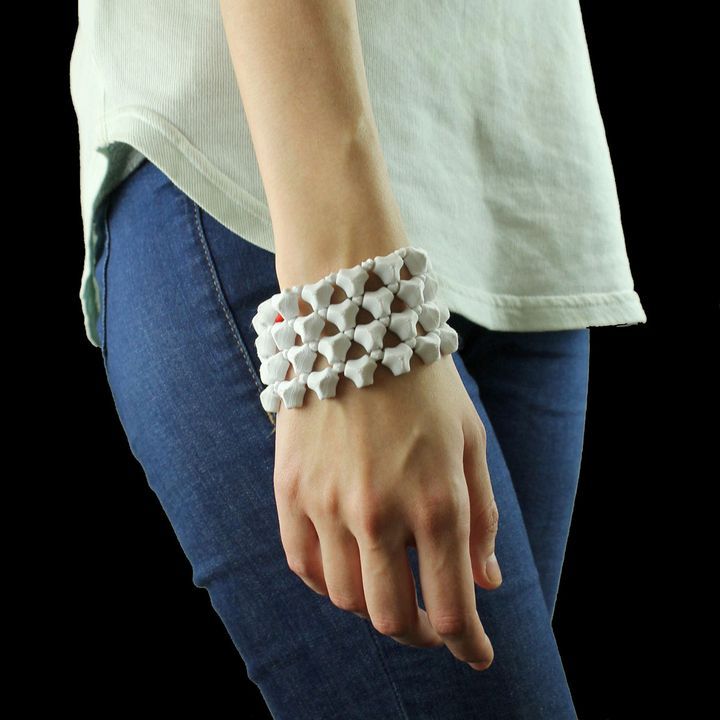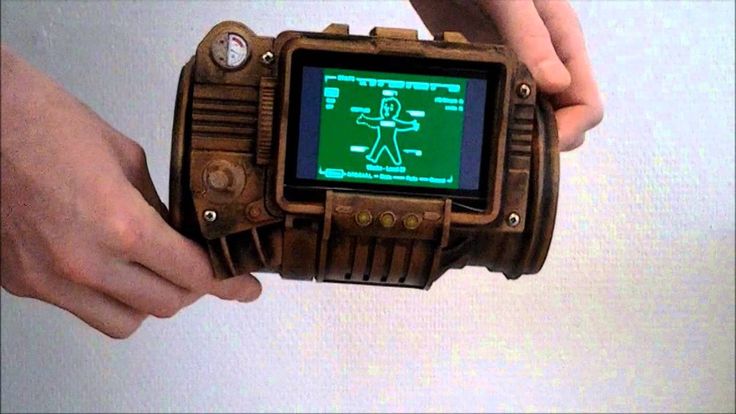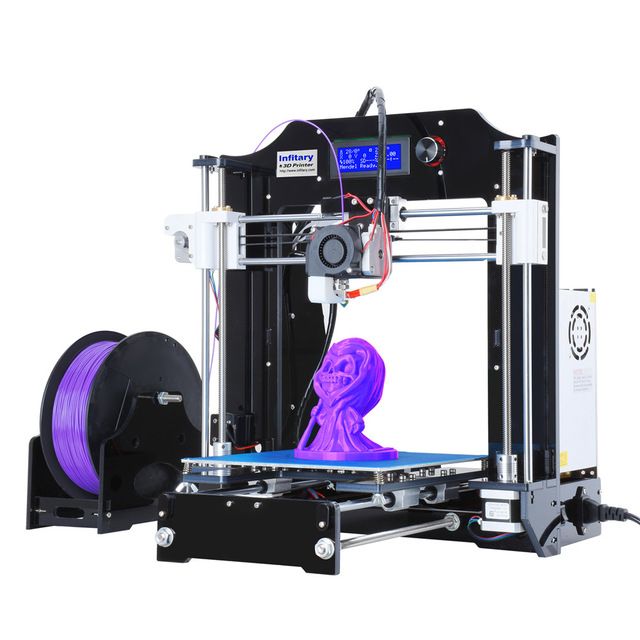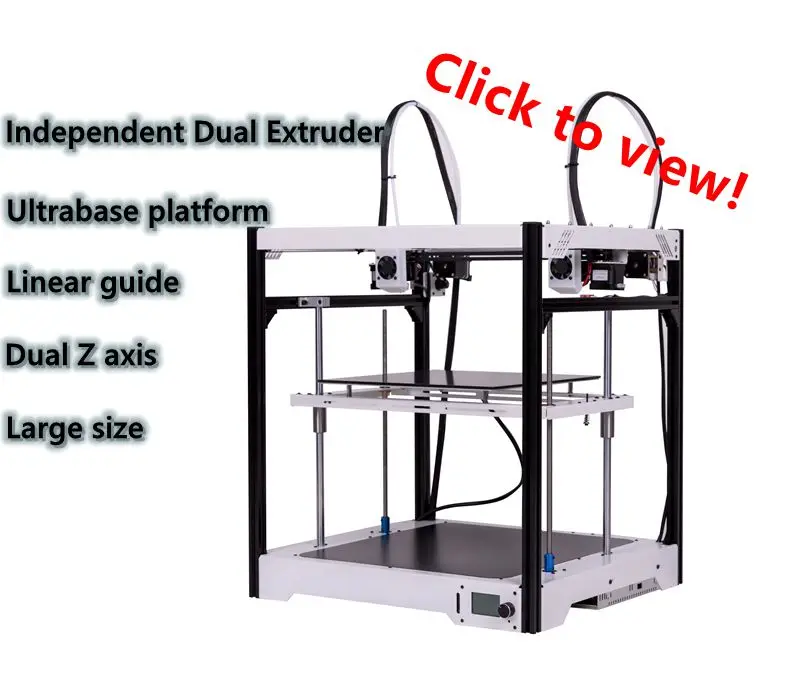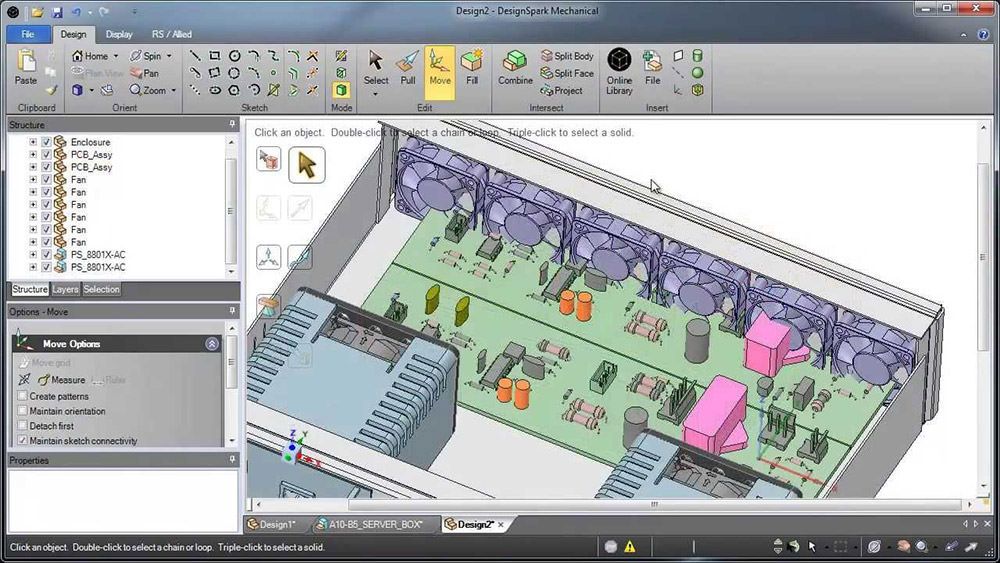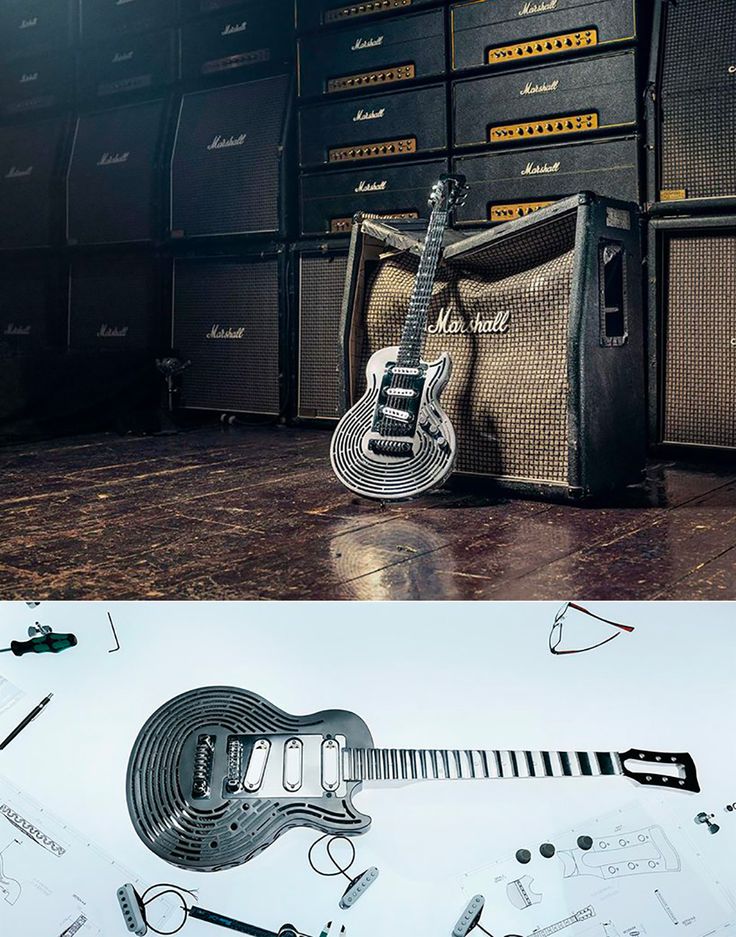How much does the replicator 2 3d printer sold by makerbot cost
MakerBot Replicator 2 Review 2022
3.7
See Price
When you start shopping for a high-end 3D printer, it’s easy to get confused. There are so many different specifications to compare, and it’s not always clear which ones are important. Don’t worry, though – we’re here to help.
Today we’ll be reviewing the MakerBot Replicator 2 – a premium 3D printer whose fans include the US Army, MIT, and NASA. We’ll identify its strong points, the things that set it apart from the crowd, and of course, the areas that could use some work. Is this the right printer for you? Read on to find out.
| Filament Diameter | 1.75mm |
| Extruders | 1 |
| Supported Materials | PLA |
| Connectivity | USB, SD Card |
| Printing Speed | 100mm/s |
| Build Volume | 11.2 x 6 x 6. |
Table of ContentsShow
Design
This is a nice, compact printer that’ll fit easily on top of your desk. It boasts a fairly large, enclosed build area, as well as a simplistic user interface. Better still, it comes already assembled, so once it arrives, you can start printing as soon as you’ve configured it.
All in all, it’s a pretty sturdy device. The frame is made from powder-coated steel, and even the bearings are wear-resistant. We’ve seen cases where printers struggle to start in cooler climates, but that’s not a problem for the Replicator 2 – as long as your room is 0-32°, you’ll be able to print just fine.
You can import models either directly from your PC, or with a USB stick or SD card. There’s a small LCD screen that can be used to control the unit, although evidently, the functionality here is fairly limited. Still, it’s a nice option to have, and it looks great if nothing else.
Printing
This printer comes with three print quality options. We found that at its highest resolution, models came out quite well. The edges could be a little sharper, but overall, they were clean enough for most applications. The Replicator 2 excels at creating complex internal structures, and there’s minimal stepping even on sharp curves.
We found that at its highest resolution, models came out quite well. The edges could be a little sharper, but overall, they were clean enough for most applications. The Replicator 2 excels at creating complex internal structures, and there’s minimal stepping even on sharp curves.
There is one fairly major issue, though. The Replicator 2 can only print with PLA. When you consider that even the cheapest printers tend to support ABS at least, this is a bit of a disappointment. If you’d like to create the same object over and over again, this isn’t a problem but hobbyists might find this limitation more than a little restrictive.
Also, while MakerBot boast about the Replicator 2’s speed, it’s nothing to write home about. In fact, we’ve seen considerably faster 3D printers that cost a lot less. However, it’s important to remember that faster printers usually lack the print quality that this model provides.
Features
This printer has one particularly unusual feature: it allows you to add several different models at the same time, so you can effectively queue prints for when you’re away. Admittedly, this would be more useful with a second extruder but it’s still a unique and welcome addition to the printer’s arsenal.
Admittedly, this would be more useful with a second extruder but it’s still a unique and welcome addition to the printer’s arsenal.
MakerBot claims that the Replicator 2 can prepare models for printing up to twenty times faster than its rivals, thanks to its Makerware program. This is compatible with Windows, Mac, and Linux systems, and comes with several handy options such as saving multi-part models into a single file.
Let’s not forget the three-point levelling system. The print bed is locked in place with screws, meaning it’s less likely to wobble or shift. Unfortunately, the bed isn’t heated, though. This is something you really expect from a premium printer, and while one can be added by an experienced modder, it’s a little strange that this wasn’t included as standard.
Cost
Retailing for around $2500, this is far from the cheapest printer around. If you’d like to buy one, you’ll have to find a third-party supplier since MakerBot continually replace their older models and remove them from the store. The new version, the Replicator+, costs about the same price, so unless you’re a die-hard enthusiast, there’s no incentive to choose the Replicator 2.
The new version, the Replicator+, costs about the same price, so unless you’re a die-hard enthusiast, there’s no incentive to choose the Replicator 2.
On the other hand, PLA is among the least expensive materials to buy. You are limited to MakerBot filament, however. As you might expect, this costs a little more than usual, at around $18 for a small 200g spool. There are bulk deals on offer, though, which is something.
Obviously, this printer isn’t intended to be your first 3D printer. Its price range puts it outside of the budget for most people. However, it works wonderfully and its price is reasonable enough for small-scale commercial applications.
Support
Although it’s no longer available on the store, MakerBot have extensive technical support for the Replicator 2. There’s everything from tutorials to maintenance guides here, and you can even search for a specific error code if need be.
Even if you buy from a third-party, once you register the printer, you become eligible for a 60-day support service called MakerCare. This provides faster response times, additional support methods, and premium plans last for up to three years. You can’t order online, though – all MakerCare enquiries have to be made over the phone.
This provides faster response times, additional support methods, and premium plans last for up to three years. You can’t order online, though – all MakerCare enquiries have to be made over the phone.
If you’re not covered by MakerCare, you can expect to wait about three days before hearing back about any issues. You should note that the warranty only lasts six months, after which point, you’re on your own. This is shorter than we’d have liked, especially considering the high initial investment this printer requires.
Are you looking for another MakerBot product? Check our review about the MakerBot Replicator 5th Generation, this may the one for you.
MakerBot’s new 3D printer shows how much it’s changed in nine years
- Tech/
- Report
By Adi Robertson / @thedextriarchy
|
Share this story
Photo by Adi Robertson / The Verge
MakerBot is announcing a new printer that’s more polished (and more expensive) than most of its earlier products.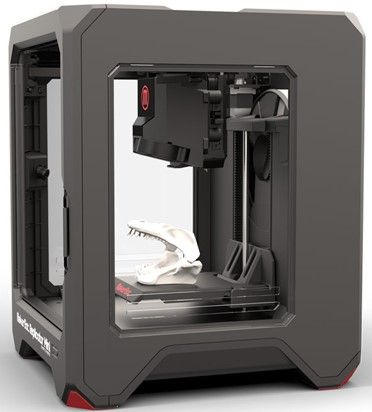 Known as the MakerBot Method, the printer is supposed to bridge the gap between its parent company’s expensive industrial machines, which can cost hundreds of thousands of dollars, and the cheaper desktop printers that MakerBot is known for. The Method could take MakerBot closer than ever to the click-and-print dream of 3D printing — while drawing it further than ever from the DIY style of its early years.
Known as the MakerBot Method, the printer is supposed to bridge the gap between its parent company’s expensive industrial machines, which can cost hundreds of thousands of dollars, and the cheaper desktop printers that MakerBot is known for. The Method could take MakerBot closer than ever to the click-and-print dream of 3D printing — while drawing it further than ever from the DIY style of its early years.
MakerBot has been working for a long time to find its niche. The 3D printing company released its first product in 2009, promoting big ideas about putting a printer in every living room. In 2013, it was acquired by major high-end printing company Stratasys. But the average person didn’t really need a 3D printer. So over the past several years, MakerBot has refocused on professional designers and schools, shrinking significantly in the process.
Photo by Adi Robertson / The Verge
The MakerBot Method is supposed to ship in early 2019, supplementing MakerBot’s Replicator desktop printer line. The $6,499 price tag is more than twice the cost of MakerBot’s core Replicator+, and the same as the extra-large Z18.
The $6,499 price tag is more than twice the cost of MakerBot’s core Replicator+, and the same as the extra-large Z18.
For that price, MakerBot is touting hardware and software changes that make printing more precise and reliable, without requiring a lot of tinkering or the funds for a full-scale industrial printer. CEO Nadav Goshen compares the printer to professional computer-aided design software: it’s meant to be a tool that serves its purpose and gets out of the way. “There are millions of engineers that are developing products that are now limited by the tools they have,” he laments. In the same way that software lets designers painlessly visualize 3D objects, the Method is supposed to let designers touch them.
The Method is neater-looking than earlier MakerBot printers
The Method is slicker than earlier MakerBot printers. Its moving parts are neatly hidden, and prints are locked behind transparent doors, instead of sitting in an open frame. Below the printing area, two neat pop-out drawers hold spools of printing plastic. It’s a dramatic contrast to MakerBot’s first printers, which were open-source wooden kits inspired by the lo-fi RepRap project.
It’s a dramatic contrast to MakerBot’s first printers, which were open-source wooden kits inspired by the lo-fi RepRap project.
Ironically, MakerBot made much bolder claims about those kits. Its first CEO, Bre Pettis, described the early printers as part of an “Industrial Revolution 2,” where ordinary people would build their own alternatives to consumer goods. That revolution, of course, didn’t happen — at least, not in the way Pettis outlined. MakerBot’s printers produced small, fairly grainy plastic objects, and it abandoned the idealistic open-source model in 2012, angering parts of the 3D printing community.
MakerBot quickly started shifting away from home printing, where it was being undercut by cheap mass-market products. Pettis left the company in 2015, and at the end of 2016, Wired officially eulogized MakerBot as “the 3D printing revolution that wasn’t.” MakerBot has cut nearly three-quarters of its workforce since its peak; it’s currently employing around 160 people. It opened, then shuttered, a factory in Brooklyn’s Industry City complex. It also churned through two short-term CEOs before appointing Goshen in January of 2017.
It opened, then shuttered, a factory in Brooklyn’s Industry City complex. It also churned through two short-term CEOs before appointing Goshen in January of 2017.
MakerBot Replicator printers in 2012
Meanwhile, MakerBot’s cheaper competitors failed to create a serious home printer market. Several of them shut down or went bankrupt. And one of 3D printing’s headiest projects, the 3D-printed gun outfit Defense Distributed, got embroiled in a long legal battle. (It won the right to distribute firearm blueprints earlier this year — but then its founder Cody Wilson was charged with sexually assaulting a 16-year-old girl, leaving its future uncertain.)
As many people have pointed out, however, 3D printing didn’t die. It moved into the kind of commercial spaces MakerBot is targeting, where it’s allowed companies to rapidly develop prototypes. These 3D printers can produce customized prosthetics, which can be especially helpful in areas without many medical resources.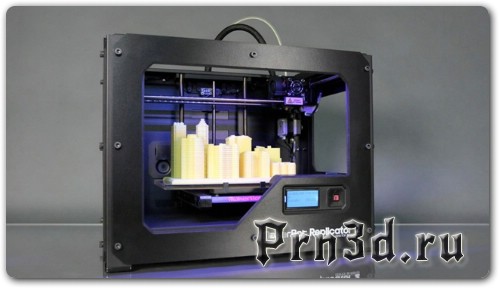
MakerBot has no reason to make a mass-market product right now
Goshen says there’s “no clear use case” for a consumer 3D printer right now. This isn’t a totally new line for MakerBot, which was looking at other markets well before his tenure. But under Goshen, MakerBot has explicitly aimed all its products at two places where 3D printing has proven helpful: the hardware design world, where printers are good for rapid prototyping, and the education sector, where schools use them to teach science and technology skills. It’s showcased its hardware in MakerBot “innovation center” labs at universities, and it launched a certification program for teachers earlier this year, drawing “thousands” of participants.
MakerBot’s pitch for the Method — a reliable, easy-to-use printer that’s a step up from cheaper desktop machines — is basically the pitch for its earlier Replicators, too. But the Method incorporates features more commonly found in industrial printers, some of which are patented by Stratasys. It has a more rigid frame that lets the plastic extruder move faster without shaking the printer, and MakerBot claims it’s up to twice as fast as a desktop printer. Its build chamber is heated, so the entire print job cools at an even rate. Ideally, this means users can make tight-fitting machine parts without worrying about size variation.
It has a more rigid frame that lets the plastic extruder move faster without shaking the printer, and MakerBot claims it’s up to twice as fast as a desktop printer. Its build chamber is heated, so the entire print job cools at an even rate. Ideally, this means users can make tight-fitting machine parts without worrying about size variation.
Some of its most important capabilities aren’t new. MakerBot has been selling machines with multiple extruders since 2012, for instance — so one extruder can print an object with ordinary plastic filament, and another can lay down a support scaffold that dissolves in water. This lets users produce oddly shaped objects with high precision, and MakerBot says that a very experienced user could still get good results from a cheaper Replicator. But it promises the Method will let more casual users get those results with less effort, thanks to the high-end perks mentioned above, as well as other software and hardware improvements.
The Method mostly seems aimed at designers right now. Over time, however, some improvements could trickle down to its cheaper printer lineup — which could be particularly helpful for schools. “A lot of the first teachers that started using 3D printing, they were those early adopters and tinkerers,” says product marketing director Johan-Till Broer. “Once now 3D printing is going a little bit more mainstream at more schools, you need to be able to move beyond that.”
Over time, however, some improvements could trickle down to its cheaper printer lineup — which could be particularly helpful for schools. “A lot of the first teachers that started using 3D printing, they were those early adopters and tinkerers,” says product marketing director Johan-Till Broer. “Once now 3D printing is going a little bit more mainstream at more schools, you need to be able to move beyond that.”
MakerBot still operates one big platform for tinkerers: the Thingiverse, a site for publishing and downloading 3D printing files. Thingiverse launched in 2008, and MakerBot says it currently serves 2 million registered users. Goshen describes Thingiverse as a way to gauge and shape the future of 3D printing, by seeing what people create and encouraging them to make more of it. “We think of Thingiverse as a vehicle for us to help grow that industry, and also help us — as a company — to make sure that 3D printing becomes more accessible.”
However, MakerBot is also promoting Thingiverse specifically to teachers, and an estimated quarter of its user base is involved with education. And the top printing designs aren’t hugely groundbreaking — many are trinkets, toys, decorations, and simple household items like electronics stands or cookie cutters.
And the top printing designs aren’t hugely groundbreaking — many are trinkets, toys, decorations, and simple household items like electronics stands or cookie cutters.
Goshen says MakerBot is iterating on its hardware “very quickly,” although he’s cautious about discussing the company’s future plans. Eventually, he imagines that 3D printing could make it into the mass market — the way that computers went from room-sized machines to smartphones over the course of several decades. “It didn’t go from mainframe to the consumer hands immediately, right?” he says. “When you try to make shortcuts, most times it doesn’t really pay off.”
That means that consumers shouldn’t hold out for their very own MakerBot printer anytime soon. If MakerBot could get the price low enough to appeal to consumers, without sacrificing print quality and user-friendliness, Goshen says that might change. But “I don’t think it’s going to happen in the next year or two. It will take more than that.” In other words, you probably won’t be making your next gadget, car part, or toy in a 3D printer.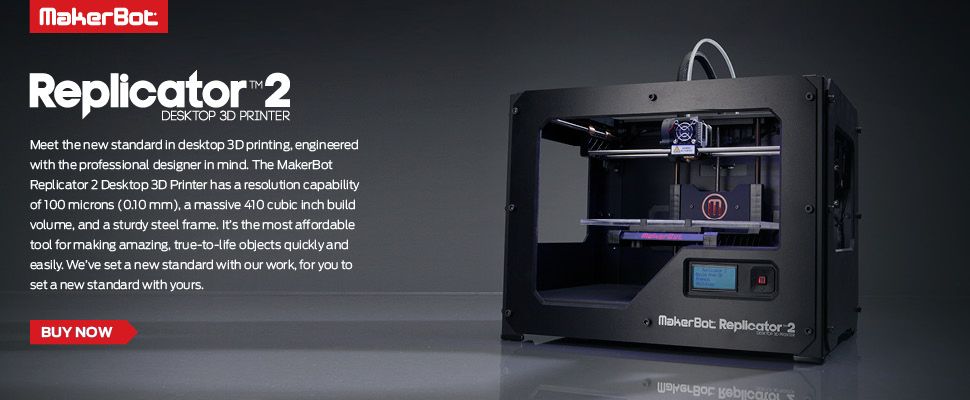 If MakerBot has its way, though, the next thing you buy might have been designed in one.
If MakerBot has its way, though, the next thing you buy might have been designed in one.
Most Popular
Here’s what it’s like to wear the Dyson Zone
Geohot resigns from Twitter
LG’s gamer-friendly C2 OLED has dropped to its lowest price to date
Anker’s Eufy breaks its silence on security cam security
The Verge’s 2022 in review
from MakerBot Industries, LLC The MakerBot Replicator 2 personal 3D printer has a high print resolution of 100 microns, which puts it in line with expensive professional 3D printers. The device can create 3D models with dimensions of 285x153x155 mm with high print speed: 50 mm/s without losing the quality of printed objects. The printer is equipped with a heated platform, which eliminates plastic slip and layer deformation. nine0003
About the MakerBot Replicator 2
Rugged steel housing ensures high durability.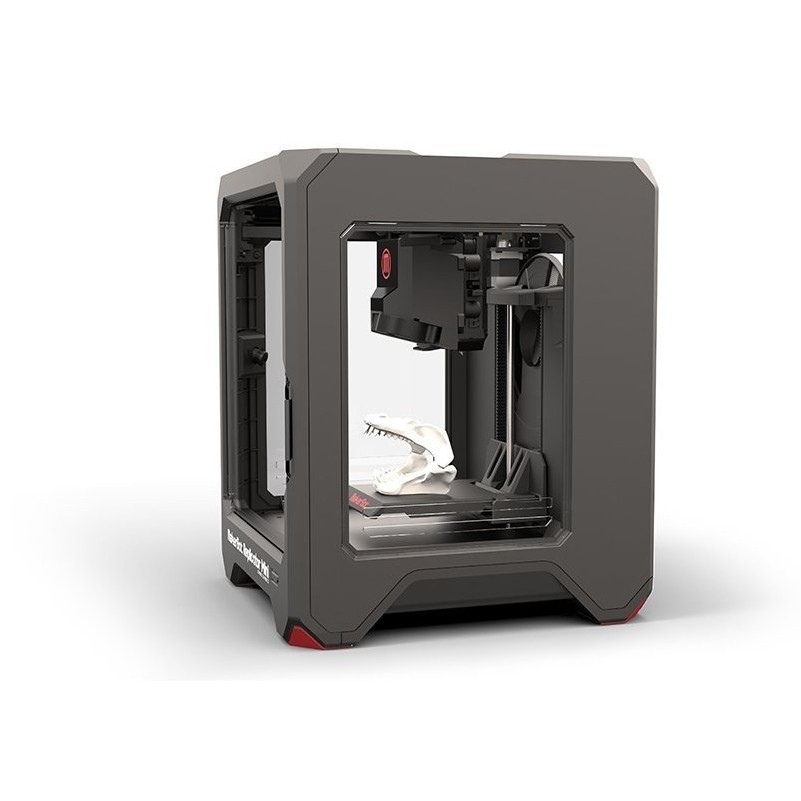
MakerBot is the benchmark for desktop 3D printers. The main model of the company has undergone many changes, constantly undergoing modernization of both functional features and appearance. MakerBot Replicator 2 should not be considered a household printer, because it is not. This device is aimed at the more advanced users, or at least those who are willing to delve into the intricacies of the 3D printing process and be rewarded with high quality prints and rich functionality. nine0003
Design
MakerBot Replicator 2 3D Printer
The exterior design of the Replicator 2 is hardly classic. It would be more correct to be “original”, because it was the “replicators” (including their heterogeneous predecessors, the MakerBot Thing-O-Matic and MakerBot Cupcake printers) that made the open case with cutouts in the facing panels a kind of standard that gave rise to a myriad of imitations and outright clones. The cutouts serve a strictly practical purpose, facilitating access to the build platform from all sides and, last but not least, providing good ventilation and fast cooling when printing with PLA. nine0003
nine0003
Printer frame made of powder-coated steel with PVC cladding panels. The guides are made of aluminium, while the bearings are made of cermet based on oil-impregnated bronze. In general, the developers have put a lot of effort into ensuring the durability of the device. True, the metal frame is not to everyone's taste, because the wood used in the early models of the printer tends to absorb vibrations more effectively.
Unlike some earlier versions, the Replicator 2 uses only one extruder, but the size of the working area has been significantly increased and is 285x153x155mm. Note that some confusion is possible: the latest model of the fifth generation is again called the Replicator. This device can be considered a further development of the described Replicator 2 model, which, according to the new nomenclature, should be attributed to the fourth generation. At the moment, the fourth and fifth generation models are sold in parallel, having certain differences in the configurations of the build areas, electronic filling, and some other points.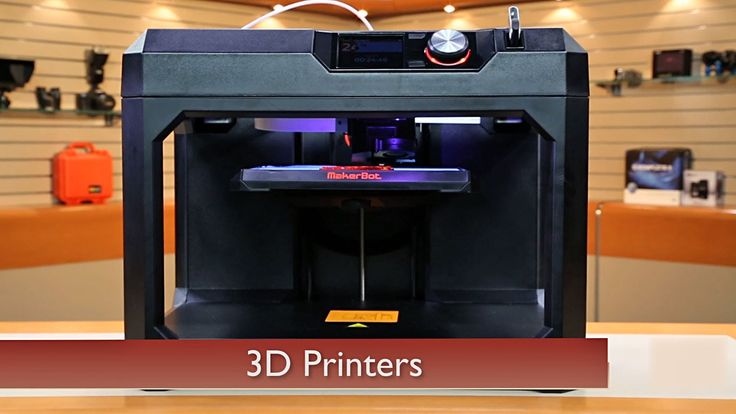 nine0003
nine0003
Acrylic worktable excellent for PLA printing
Since “replicators” have traditionally been designed primarily for PLA printing, the Replicator 2 does not have a heated bed. Actually, polylactide is the only type of consumable that is officially supported by this device. By the way, there is a printer variant called the Replicator 2X (“X” stands for “experimental”), in which MakerBot re-tested printing with ABS plastic, including a heated platform in the design, removable panels that cover openings in the cladding panels, and returning printing with two extruders . This option is also on sale, but is intended for professional users. The removable table of the Replicator 2 is made of acrylic, which is an excellent base for models made of PLA plastic. nine0003
Printing
Replicator 2 3D printer extruder
Printing is done using a single extruder and a 0.4mm nozzle. With a minimum layer thickness of 100 µm and a positioning accuracy of 11 µm along the X and Y axes and 2. 5 µm along the Z axis, very high-quality models are obtained, allowing the Replicator 2 to be put in the class of semi-professional printers.
5 µm along the Z axis, very high-quality models are obtained, allowing the Replicator 2 to be put in the class of semi-professional printers.
As already mentioned, the detachable work table is made of acrylic. This option has been so successful that most users do not even resort to additional means of holding the model in place, such as duct tape. On the contrary, the addition of tape can worsen the adhesion of the polylactide compared to printing on a bare bed. You just need to make sure that the platform is free of dust and grease before printing. nine0003
The choice of colors of the branded plastic thread is quite rich, including 26 options, of which 7 are translucent. In addition, the Replicator 2 uses quite standard spools and the usual 1.75mm filament diameter, which allows you to use "non-native" materials, although at your own risk.
Inexpensive variants from the same Chinese manufacturers often suffer from rather poor performance. It is not uncommon for a filament to have an oval cross section, which, coupled with a frankly rather weak pulling mechanism, can lead to loss of adhesion and clogging of the extruder. A particularly unpleasant surprise can be the instability of the filament shape - printing can start quite normally, but end up crashing in the middle of the process with the loss of an unfinished model. It is worth paying attention to the packaging: coils sold without vacuum packaging inevitably collect dust, whose accumulation in the extruder again does not promise anything good. nine0003
A particularly unpleasant surprise can be the instability of the filament shape - printing can start quite normally, but end up crashing in the middle of the process with the loss of an unfinished model. It is worth paying attention to the packaging: coils sold without vacuum packaging inevitably collect dust, whose accumulation in the extruder again does not promise anything good. nine0003
The Replicator 2 has been successfully used to print sandstone and wood simulants
In addition to potential savings, the use of standard spools provides the ability to print materials not originally intended by the printer's designers. For example, the Replicator 2 prints quite successfully with resin wood and sandstone simulants, known as LAYWOO-D3 and Laybrick, from the German manufacturer Orbi-Tech. True, to print with these materials, you will have to make some changes to the printer settings. For example, LAYWOO-D3 is preferably printed at a nozzle temperature of about 215-210°C (standard temperature for PLA printing is 230°C) and with the fan turned off, usually cooling freshly applied PLA layers. In the case of Laybrick, an extrusion temperature of 165-190°C for smooth surfaces and 210°C with fan running for a rough outer layer.
In the case of Laybrick, an extrusion temperature of 165-190°C for smooth surfaces and 210°C with fan running for a rough outer layer.
Printing with ABS is theoretically impractical due to the lack of platform heating, but there is evidence of successful printing of small models. The greatest difficulty is preventing ABS plastic from slipping, but the savvy of 3D craftsmen suggested the option of replacing the desktop with a glass one and using hairspray as glue. However, the printing of large models is doomed to twisting of the deposited layers and deformation of the model during shrinkage. nine0003
Fairly good results can be achieved with nylon printing, although the lack of a heated bed also makes the process much more difficult. Specially designed options such as Taulman 618 and 645 are recommended.
All in all, the Replicator 2 allows you to let your imagination run wild and experiment with many materials beyond the standard PLA.
Software
The Replicator 2 software caused quite a stir.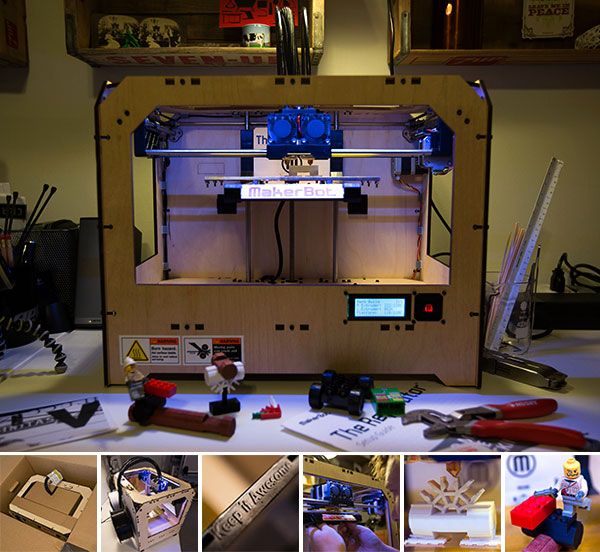 The fact is that the company used a closed code. The proprietary program was called MakerWare. Actually, "closeness" touched the design of the entire printer, for the first time since the founding of the company, which built its business on the use of designs and developments in the public domain. Most outraged was the legendary founder of the open source printer project, called RepRap, Josef Prusa, who caught MakerBot in the commercial use of his ideas. Traditionally, RepRap developments are intended for use by enthusiasts, and if for commercial use, then with the concomitant provision of improvements to the public domain. But to some extent, MakerBot can be understood: the latest models have undergone such significant changes that their manufacture by improvised means is unlikely. The addition of proprietary software was only the final touch in the "closing" of design features. nine0003
The fact is that the company used a closed code. The proprietary program was called MakerWare. Actually, "closeness" touched the design of the entire printer, for the first time since the founding of the company, which built its business on the use of designs and developments in the public domain. Most outraged was the legendary founder of the open source printer project, called RepRap, Josef Prusa, who caught MakerBot in the commercial use of his ideas. Traditionally, RepRap developments are intended for use by enthusiasts, and if for commercial use, then with the concomitant provision of improvements to the public domain. But to some extent, MakerBot can be understood: the latest models have undergone such significant changes that their manufacture by improvised means is unlikely. The addition of proprietary software was only the final touch in the "closing" of design features. nine0003
MakerWare - MakerBot Replicator 2 Proprietary Software
In terms of functionality, MakerWare is practically the same as the previously used open source programs Skeinforge and Repetier-Host, except that the interface has changed.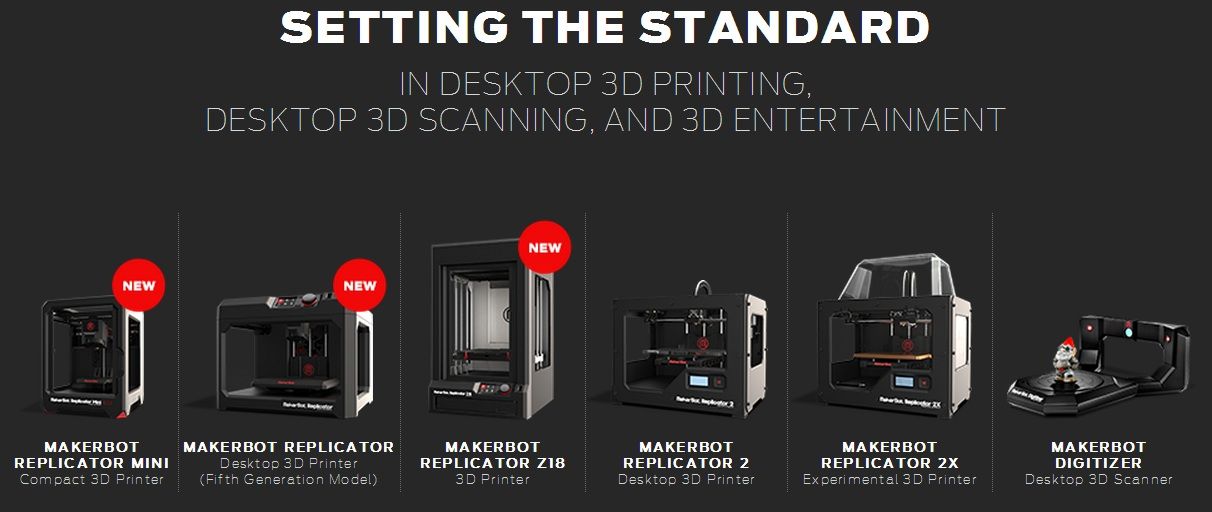 The program is compatible with Windows 7 and 8, Mac OS X and Linux and is able to work with STL, OBJ and THING files.
The program is compatible with Windows 7 and 8, Mac OS X and Linux and is able to work with STL, OBJ and THING files.
What is alarming is the lack of full control of the printer via a computer connection. The Replicator 2 is equipped with a very user-friendly LCD control module that exclusively performs operations such as platform calibration or plastic loading. If the module breaks, the user can use the remaining plastic on the spool, but then the printer will have to be returned for repair. One computer is not enough. On the other hand, while the module is working, you can use the SD card reader to print offline, without fear of print failures due to a computer freeze or a cable break due to a toothy pet. nine0003
Summary
Replicator 2 with Heated Bed by BC Technological Solutions
One of the most successful and sought-after 3D printers on the market. The model has undergone many changes aimed at optimizing performance and increasing durability, and at the same time received a stylish and strict exterior design, befitting a high-tech gadget.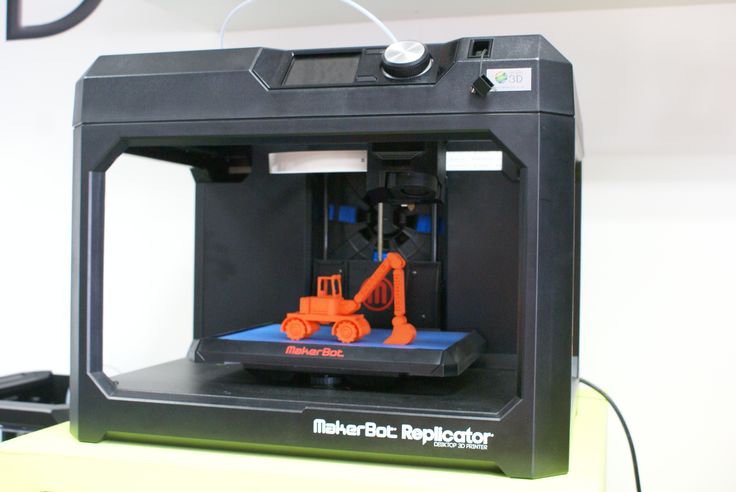 Perhaps the only serious drawback of the printer can be considered a fairly high cost compared to competitors or previous models. As for the theoretical inability to print with ABS plastic, let's not reproach a device that performs its tasks well. If you want to print in ABS and are interested in MakerBot products, we recommend that you take a look at the specially modified version of the Replicator 2X, or purchase an upgrade of the working platform from a third-party company, such as BC Technological Solutions. nine0003
Perhaps the only serious drawback of the printer can be considered a fairly high cost compared to competitors or previous models. As for the theoretical inability to print with ABS plastic, let's not reproach a device that performs its tasks well. If you want to print in ABS and are interested in MakerBot products, we recommend that you take a look at the specially modified version of the Replicator 2X, or purchase an upgrade of the working platform from a third-party company, such as BC Technological Solutions. nine0003
Features
- Stylish design
- High print quality
- Handy control module
- Flexible software
- Printable from SD memory card
Disadvantages
- Relatively high cost
Lab3DPrint.ru 4.0
Allocated a separate employee to communicate with customers.
We set up a cloud PBX for maximum customer convenience at any time. nine0096
Created a cluster of remotely managed printers with video control.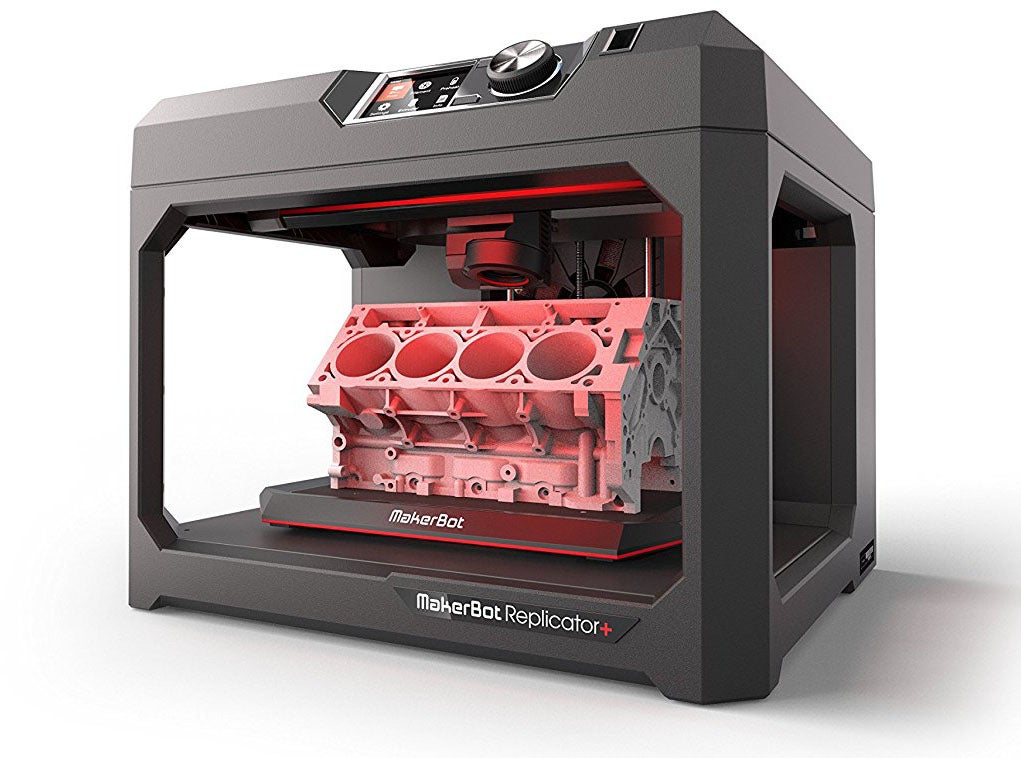 To ensure the fulfillment of urgent orders at any time.
To ensure the fulfillment of urgent orders at any time.
We switched the office to smart management of all processes.
Purchased spare parts necessary for prompt repairs for existing equipment.
We reduced the number of goods sold and thereby increased the number of consumables.
Increased the frequency of replenishment of supplies of consumables. nine0003
Focused on working with the following materials:
-
Plastics: ABS/ABS, PLA/PLA, SBS/SBS, HIPS/HIPS, PETg/PETg, FLEX/RUBBER/SEALANT/flexible, conductive, glowing at night. Default colors are gray for PLA/PLA and natural for ABS/ABS.
-
Photopolymer technology mjm: Crystal
-
sla Resins: FormLabs Resin Color Line nine0003
-
dlp photopolymers: Resin color range from Wanghao and HARZ
-
Wax on a ProJet 3510 CPX 3D printer
3D printers in production:
-
Replicator 2/2X - 5 pcs.

Learn more




